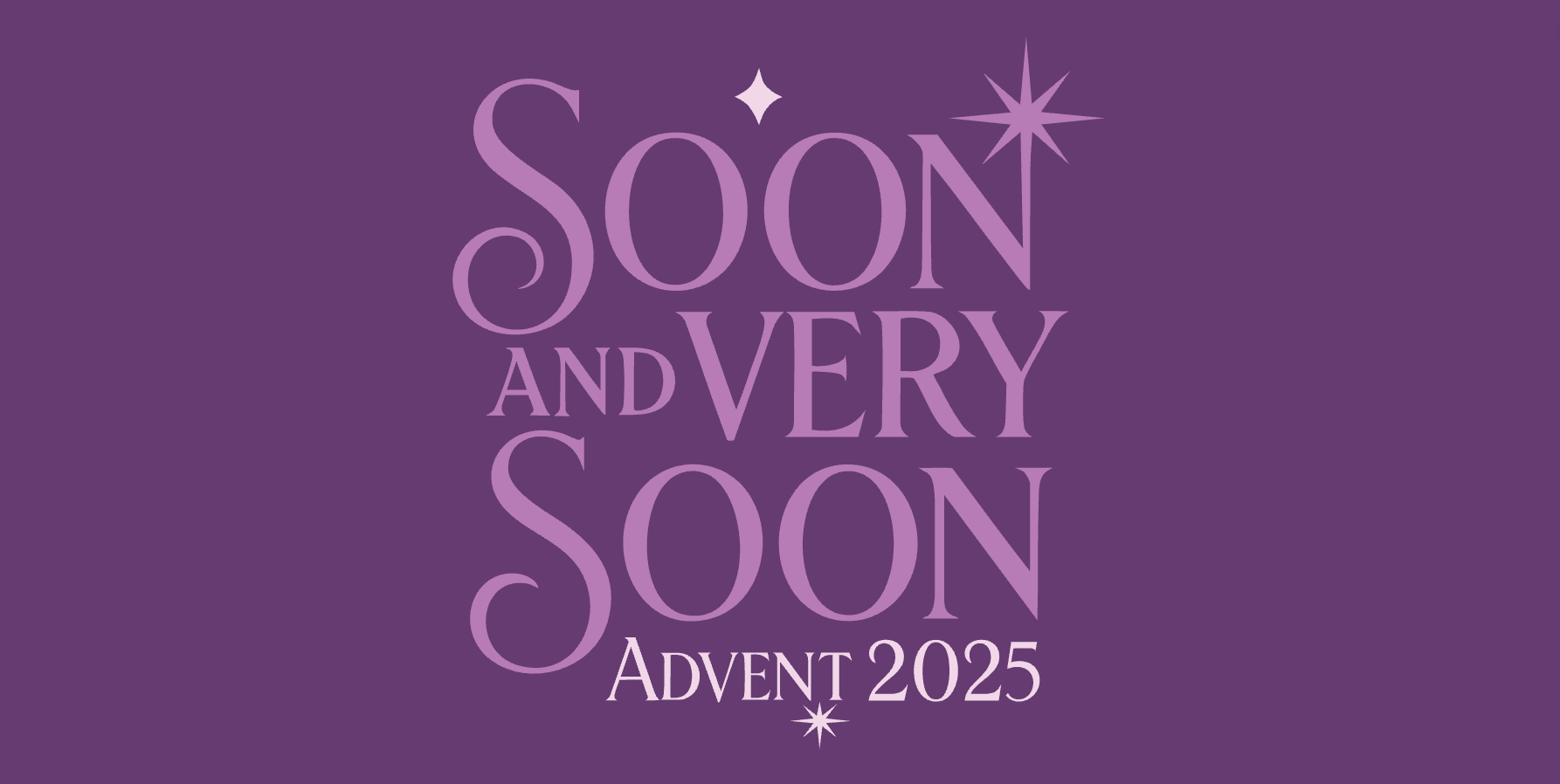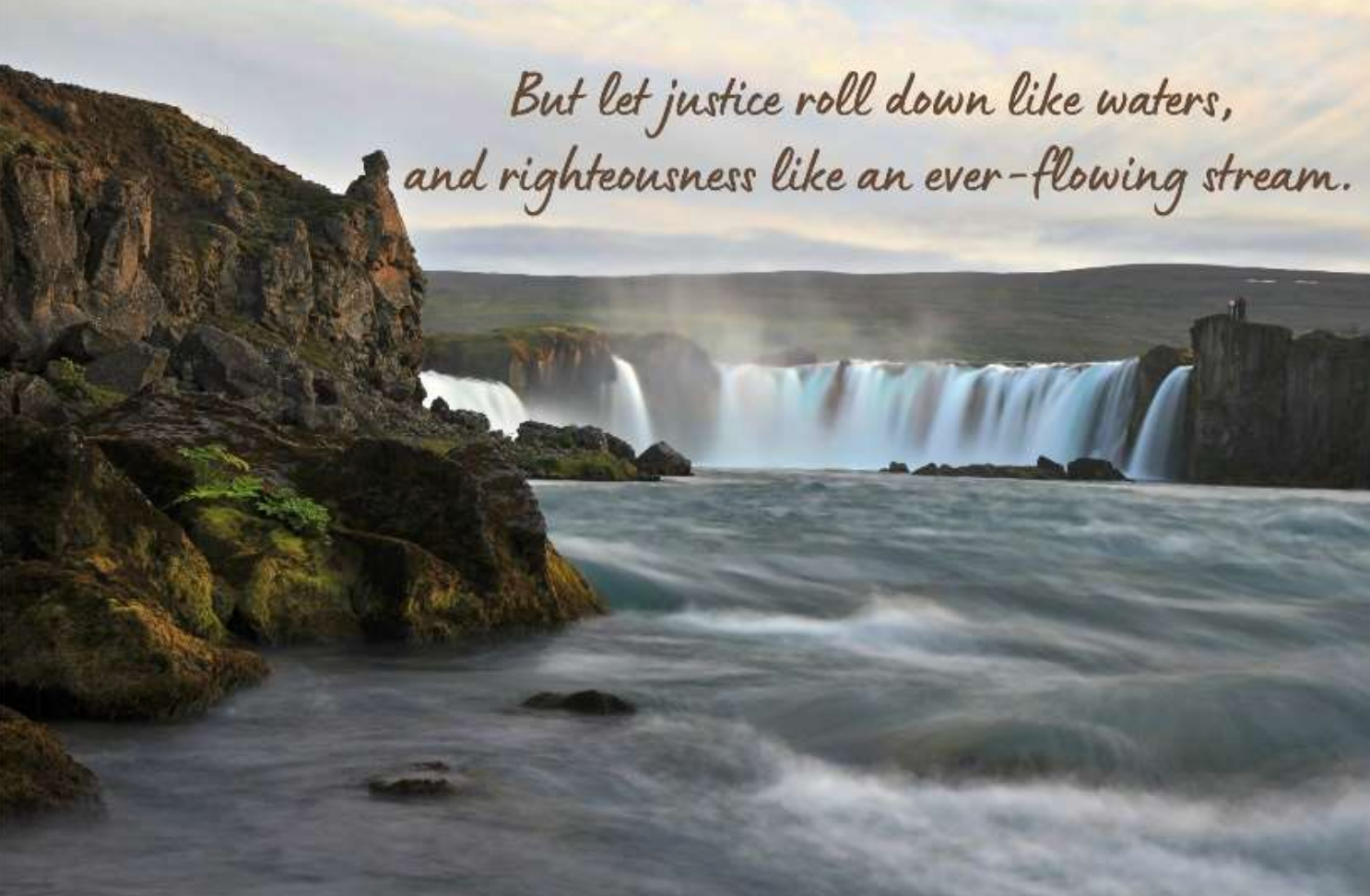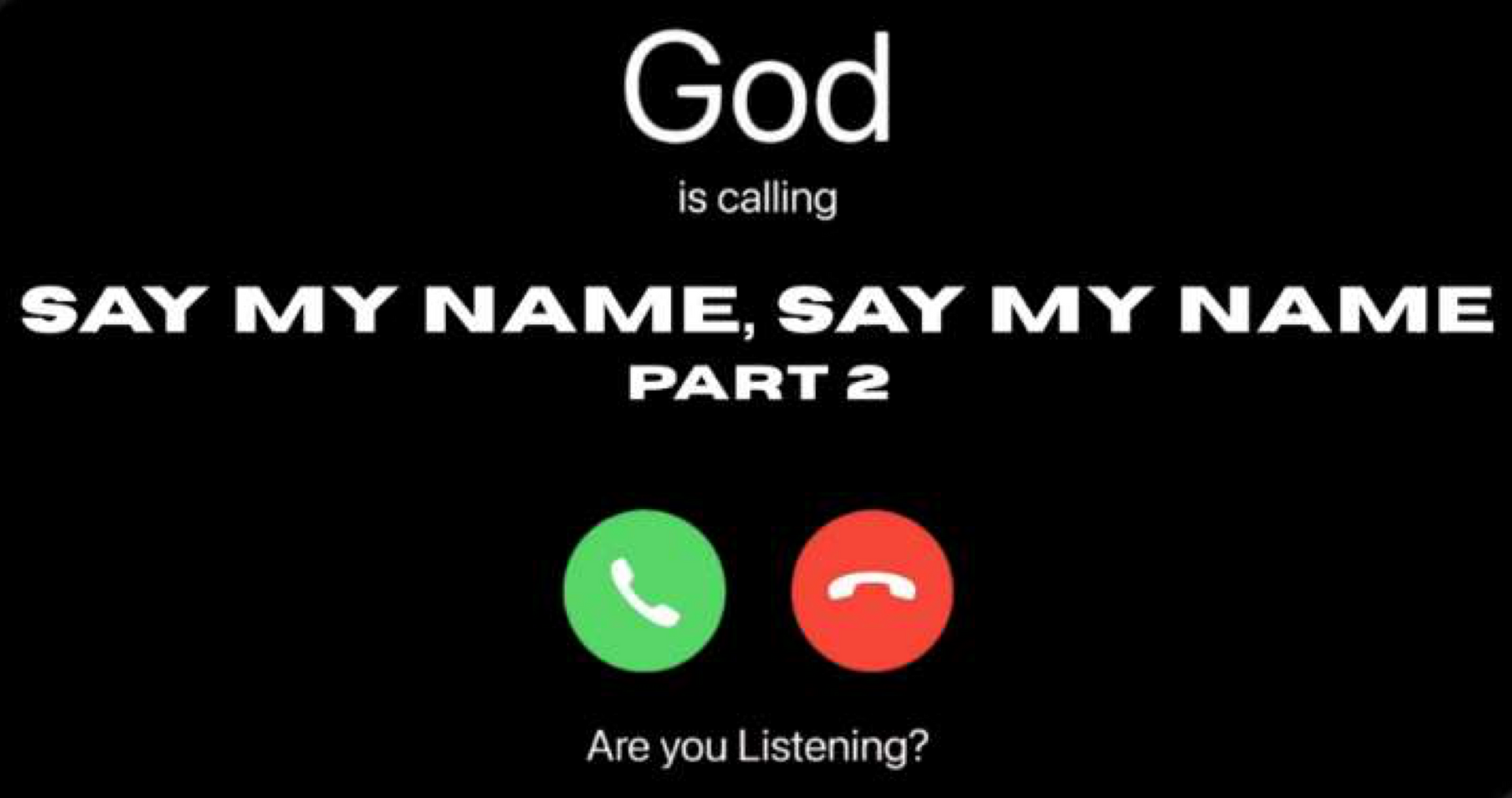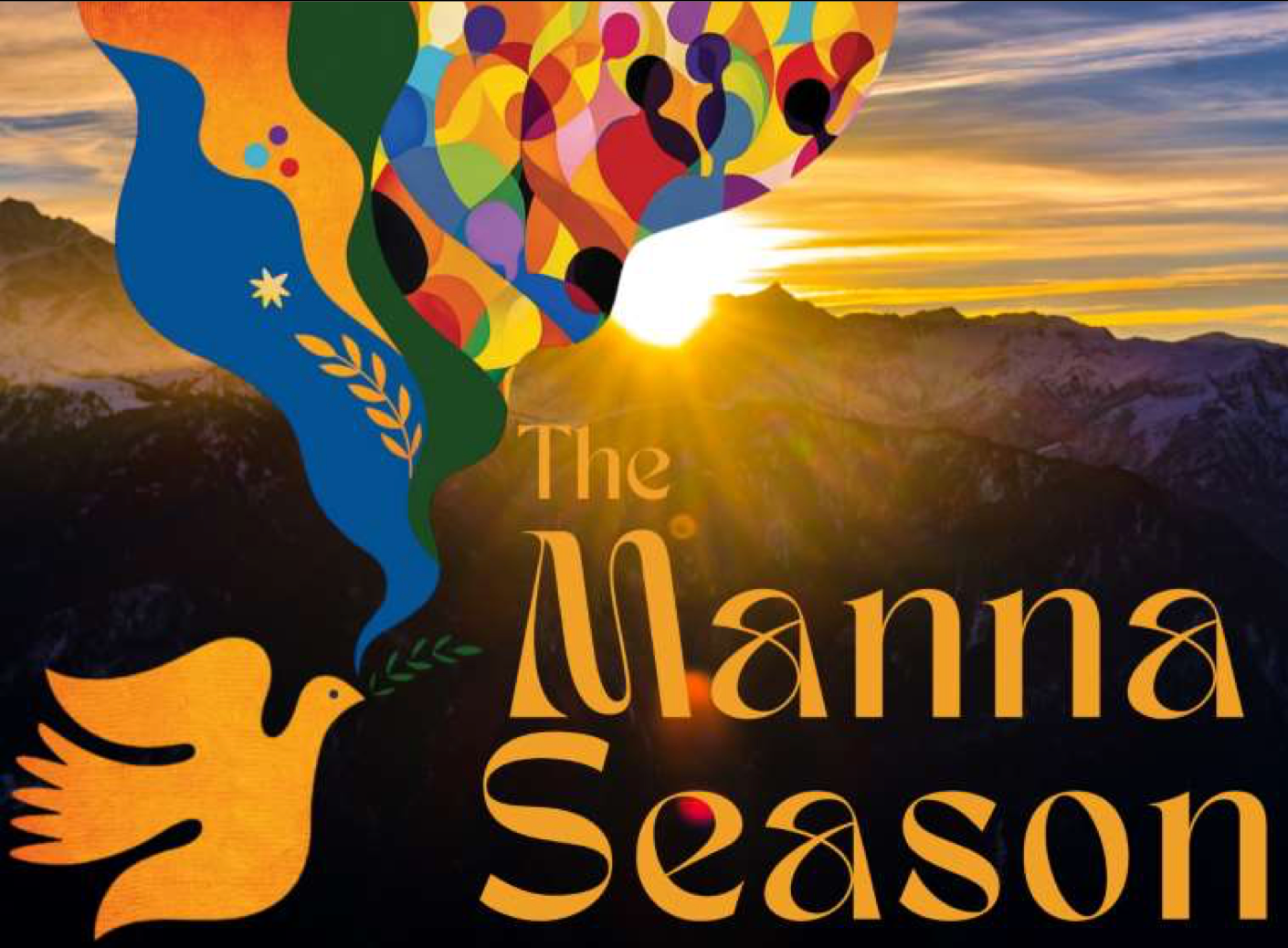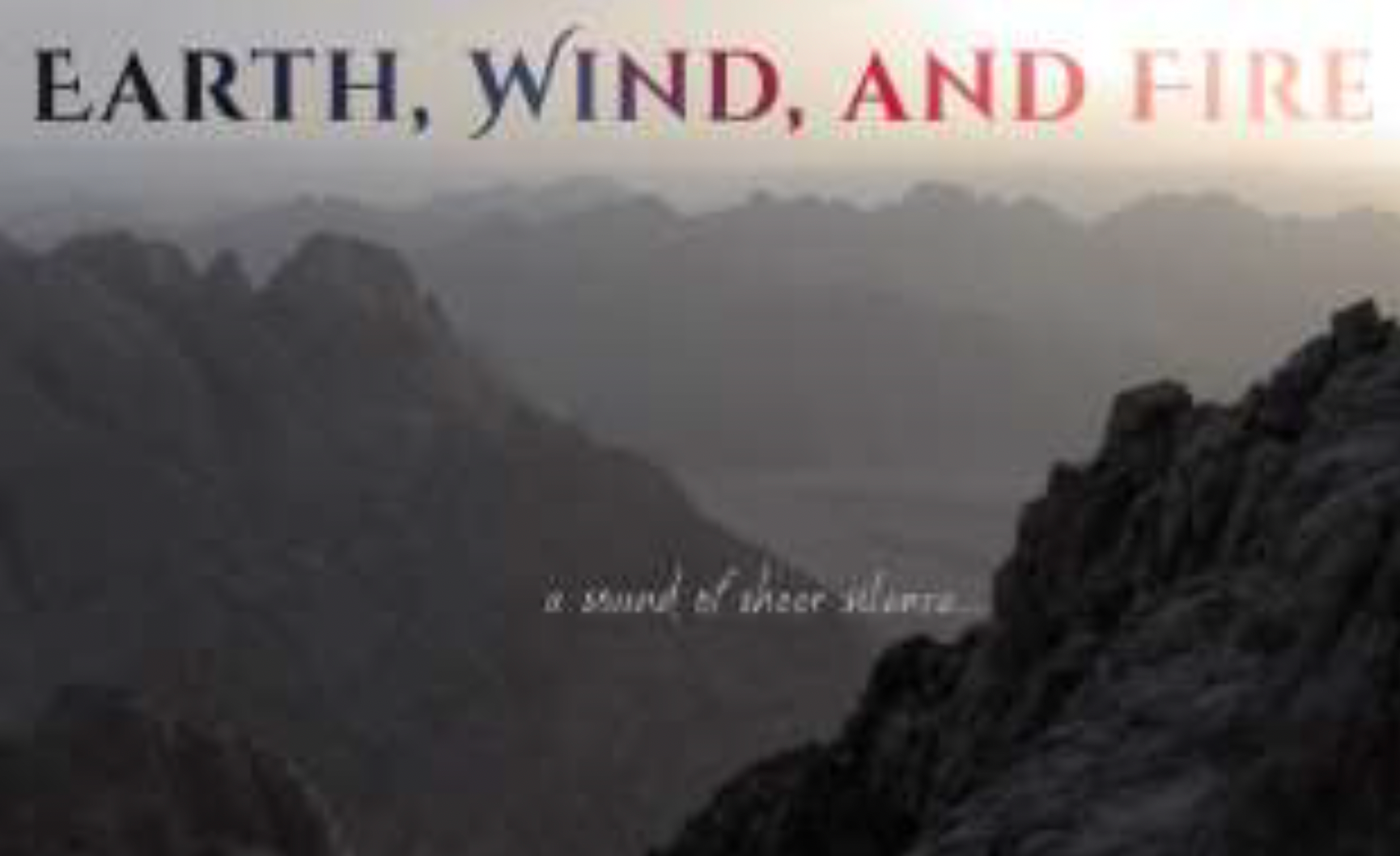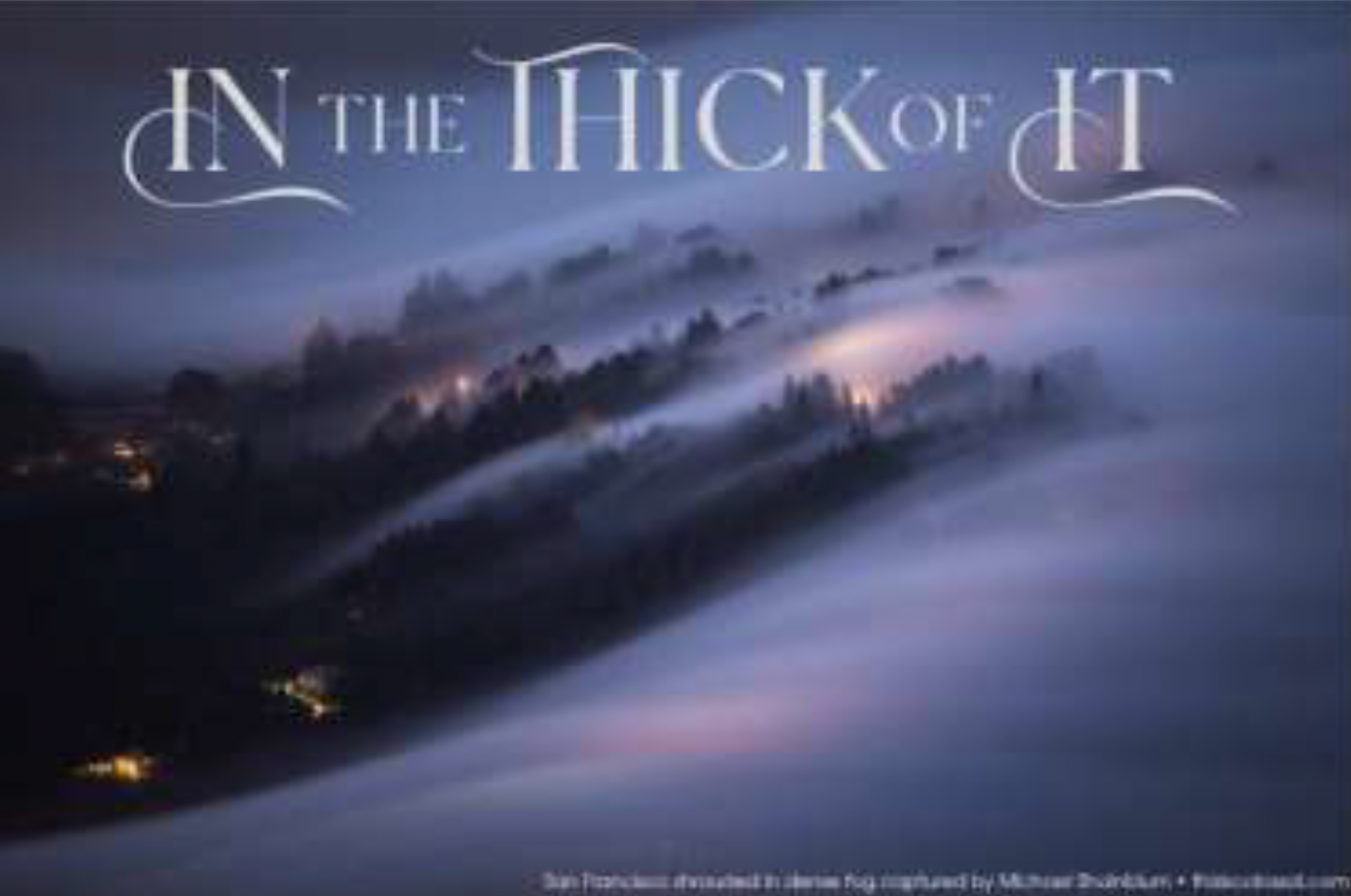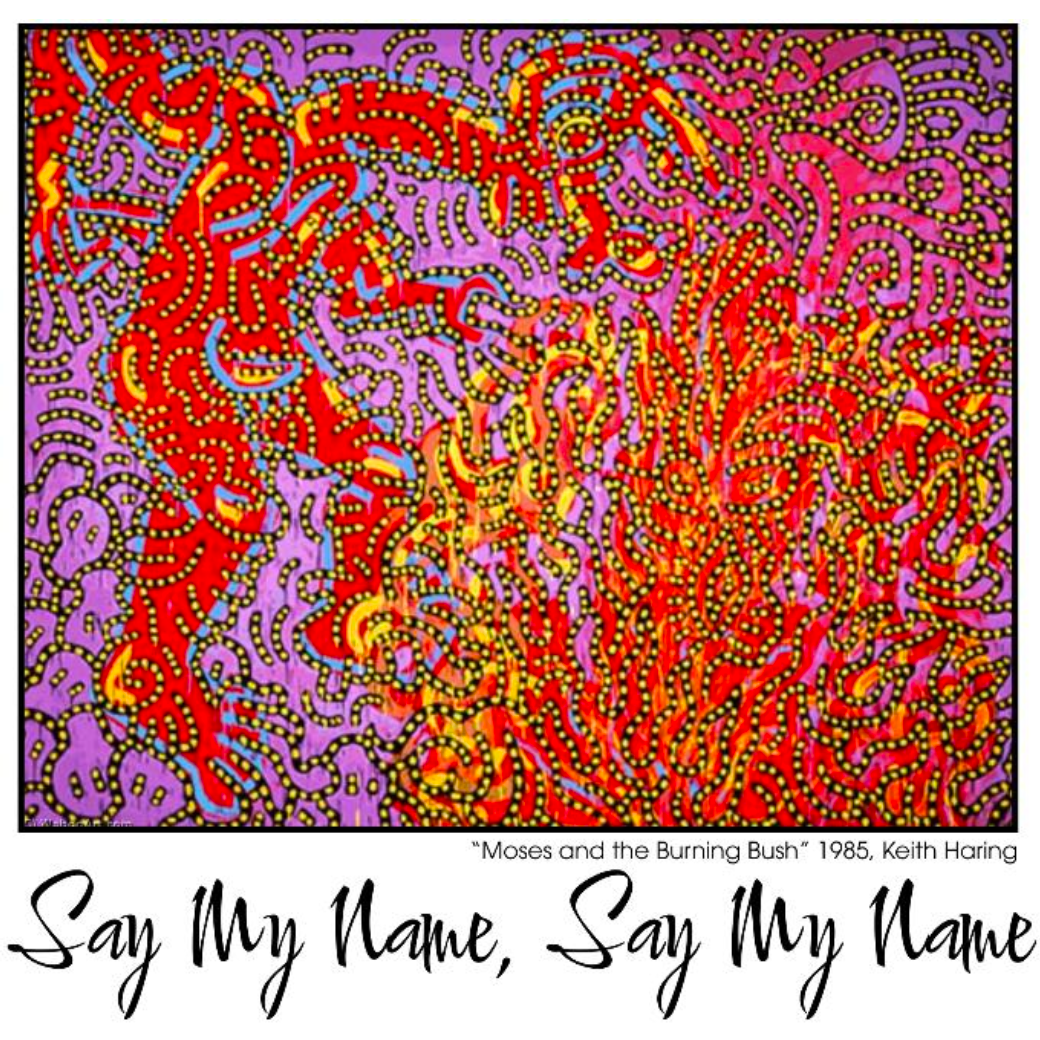Sermon 04.16.2023: We Make the Ark by Building
This story of building Noah's Ark is much like our lives of faith - we don't always understand what we're doing or where we're going, but perhaps with faith, we will build a place secure enough to hold us through the storms of life.
Scripture
Matthew 28:16-20
The Great Commission
16 Then the eleven disciples went to Galilee, to the mountain where Jesus had told them to go.
17 When they saw him, they worshiped him; but some doubted.
18 Then Jesus came to them and said, “All authority in heaven and on earth has been given to me.
19 Therefore go and make disciples of all nations, baptizing them in the name of the Father and of the Son and of the Holy Spirit,
20 and teaching them to obey everything I have commanded you. And surely I am with you always, to the very end of the age.”
Sermon Text
This year, the confirmation class wrote the liturgy for this Sunday and chose the scripture. They remembered the story of Noah’s Ark from their childhood and wanted to hear a sermon on it. Well, maybe wanted is not quite the right verb, but here we are.
Oftentimes, when we hear the story of Noah, we usually focus on the part with the flood and then the rainbow. Arguably, that is the meat of the story. And the story is not complete without the rainbow; after all, the rainbow represents the promise and the covenant that God makes with us.
But I thought we’d focus instead on the blueprints of the ark, and the fun details of how many cubits long and how many cubits high things had to be.
Now, I know this is not exactly the exciting part of the story. It’s kind of the boring background leading up to all the action. But this is the part of Noah’s story that actually reminds me most of confirmation class (not because Confirmation class is boring, right?) But because it prepares us for what’s to come.
And confirmation is kind of like an ark that these young people have built that allows them to go into the world with a blueprint of faith. And hopefully they leave this process with some tools on how they might navigate some of the worst storms in their lives.
Confirmation is not the end of their faith journey or even the culmination of their faith journey. It is just the preparation for what’s to come.
Now, this epic flood of Noah’s time, was thought to have been, by the ancient Israelites, as the very first time there was rain on earth.
There are actually over fifteen flood myths from around the world. And I use the word “myths” not to mean untruths or falsehoods, but to mean the stories that shape our world view and help us make sense out of life.
Ancient civilizations like the Babylonians and Sumerians, and the early Egyptians, all have a story about a great flood that devastates the world. So I think it’s fair to say, that sometime in early human history, the waters of a great flood ravaged the earth, and humans were trying to make sense of it.
In the understanding of the cosmos of our early ancestors in faith, there was the earth. And then there was sky. And above that, there was thought to be a dome of water above the sky. God, in God’s mercy, kept that water in the sky separated from the waters of the earth.
But in this flood, it is said that this dome of water, then broke and fell as rain onto the earth—the very first rainstorm and flood. So you can imagine, just how strange Noah seemed as he built this ark and talked of a flood.
Rain? Water from the sky? Never heard of it.
A giant ark? With all the animal species inside? What is he talking about?
What Noah spent his days doing, long before the floods began, probably seemed like utter foolishness. His measuring of the cubits and the rooms in the ark in preparation for this flood, probably seemed like complete folly.
And it’s likely that even he probably didn’t fully understand what he was doing. Even he couldn’t have imagined the kind of flood that’s described. And no one had built an ark for every living creature before.
Having never experienced rain, how would he know that these raindrops could turn into overwhelming waters?
Friends, sometimes, we prepare for something without fully understanding what’s to come. Amen?
Ask all the parents of these confirmands. You think they knew what to expect as they were building those cribs, 12, 13 years ago? They may have thought they knew, but I’m sure that’s changed.
Sometimes, we prepare for something without fully understanding what’s to come.
And oftentimes, it’s only in hindsight that we can see how all that came before prepared us for what now is.
I hope these past nine months of preparation for these confirmands proves to be that way as they become members of this congregation and citizens of the world. We spent our time learning about faith, about God, about the church. And while some may have thought it folly, I hope that it has prepared them for a life of faith.
Seeing them as they cheered each other on as they shared their statements of faith last month, shows me we certainly have built something. So what is it that we’ve built?
Well, for Noah, it was an ark.
Now, the same English word is used for Noah’s Ark and the Ark of the Covenant. But those two words in Hebrew are actually different. The Hebrew word for the ark in Noah’s story is teiva; whereas the Hebrew word for the ark of the covenant is aron.
Surprisingly, though, the same Hebrew word for Noah’s ark, teiva, is used in only one other story, and that’s the story of Moses, who, as an infant, was put into a teiva, and sent floating down the river.
So the word teiva, refers not only to an enormous boat that carried an entire household and presumably all the animals of the earth, but also to that small cradle, often depicted as a basket, in which a vulnerable baby was laid and sent off to float on the water to an unknown destiny.
The two seem quite different at first, but we can see the similarities between the ark that carried and saved humanity, and the “ark” that carried Moses, who would become a savior figure, leading God’s people out of Egypt.
So the word “ark” isn’t necessarily about size, even though the directions Noah got were very specific, and laid out in detail.
Ultimately, the ark is simply a means to bring us safely from one place in life to another.
And I daresay, that the confirmands have built an ark. And we, who are gathered here this morning, are here to build an ark. An ark that holds us, that grants us a safe space to be ourselves. Ultimately, we have built community, and that is an ark that delivers us from storms and rains.
So I hope and pray that the church can be such a place not just for our confirmands, but for all people in every age and stage of life, and especially for those who are the most vulnerable and marginalized in our society.
The church should be a place that helps usher us towards liberation, a place that provides a space that is life-giving and lifesaving, a place that is safe enough to ask questions, and to build wild, inexplicable projects that don’t necessarily make sense at the time.
In fact, building the ark as we go, building and preparing for the unknown, through trial and error, is exactly what the church should be doing right now.
We are at a time in the church’s life where so much is unpredictable. Even before Covid, there was so much we didn’t know, but especially in these post-Covid times, anyone who tells you, “they know what they’re doing” is lying.
We don’t know. We’re just trying our best and trying to be faithful.
We’re building an ark for a flood, but we don’t even know what rain looks like.
From where we stand in this point in history, for the church, not just Calvary, but the church universal, we know where we’ve been, but we don’t quite know where we’re going or what the future looks like. One thing’s for sure, the church that our confirmands will attend in twenty years will not look like the church today, nor should it!
The church has changed, even in just these past three years, but certainly in the past two thousand years, and it will continue to change.
The ark can be big; the ark can be small. The ark can take many forms.
But the one who draws the blueprints for the ark, the creator of the universe, the one who promised to never forsake humanity again, the one who detailed each and every cubit to Noah, our God who covenants to love us always and unconditionally, that God remains the same, and promises to be with us through it all.
So go do some things that don’t make a whole lot of sense right now. Build an ark. Build community. Build for the future, knowing that we may not be the ones who reap the benefits.
And know that the abiding presence of a God who is love is with us now and always.
Thanks be to God, Amen.
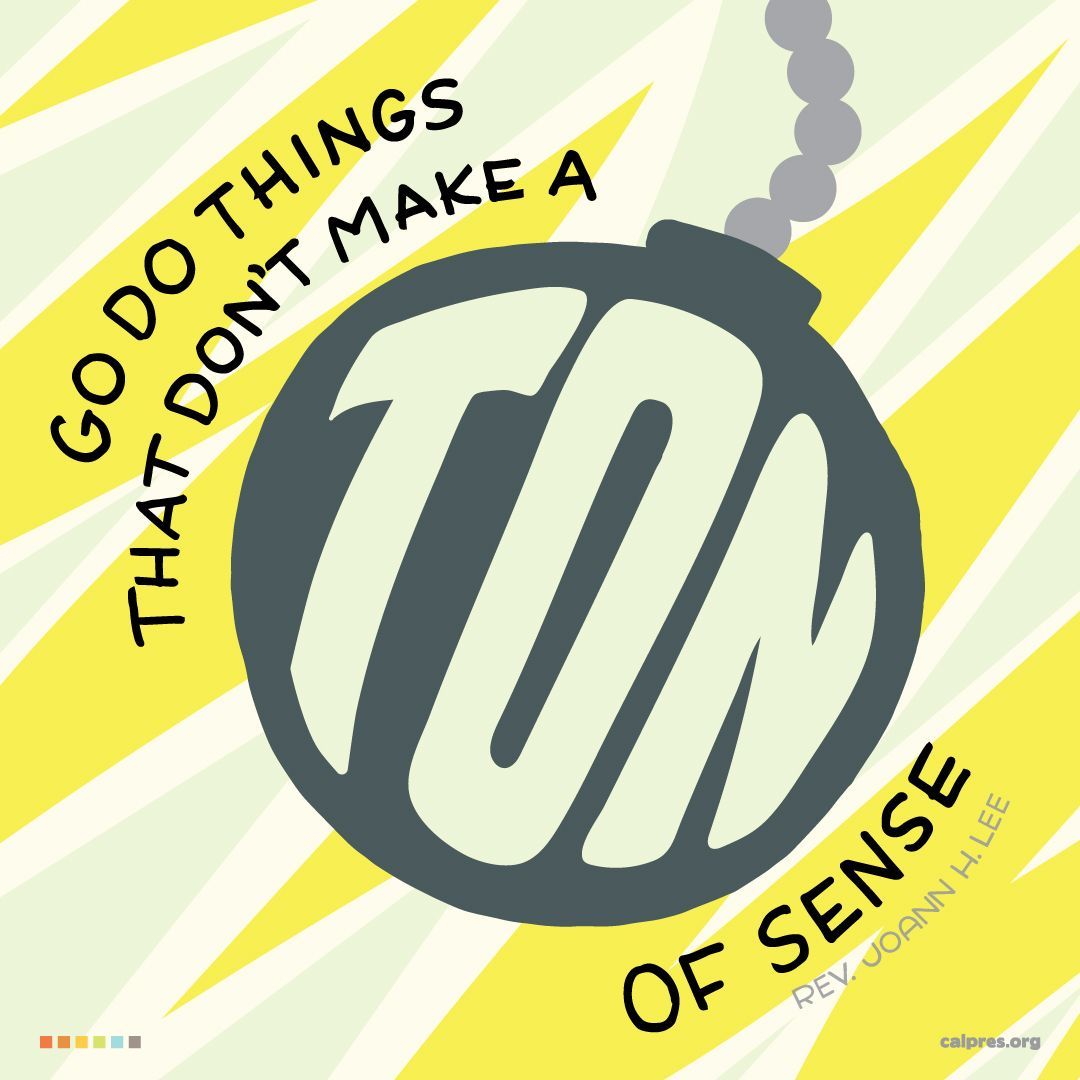
Art by Jess Churchill
